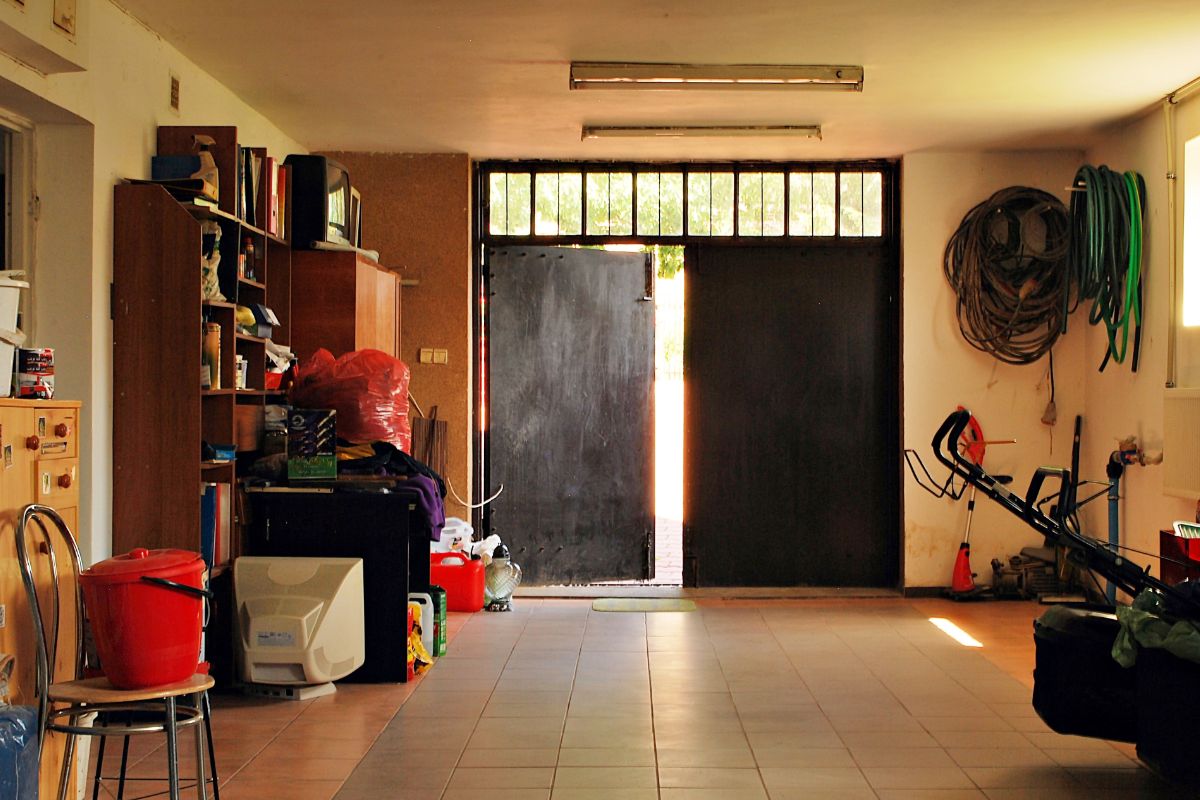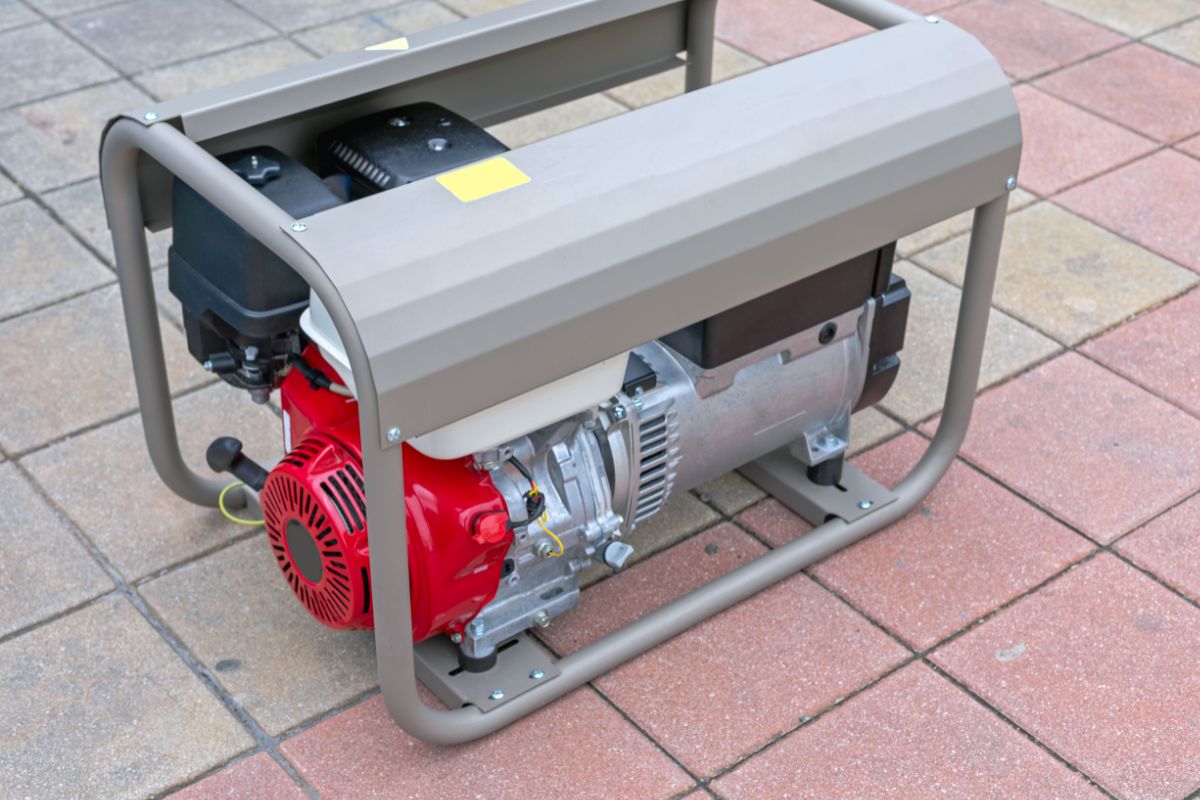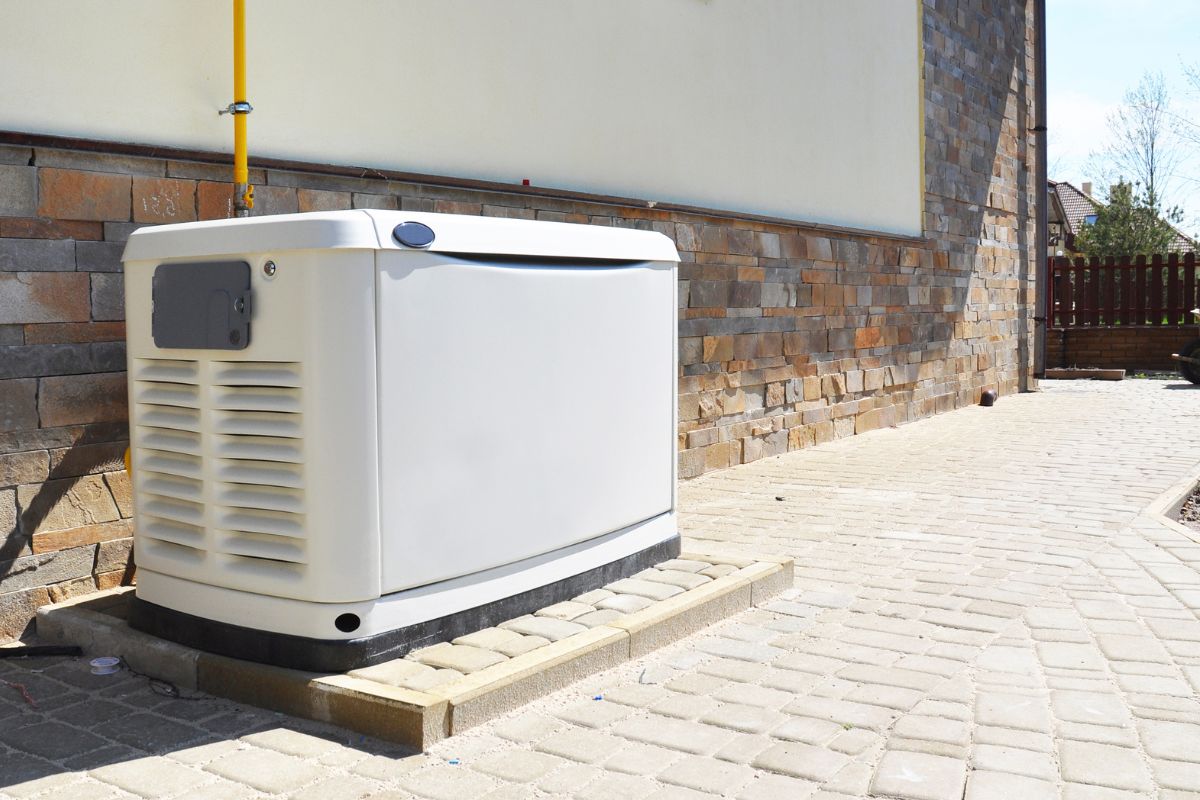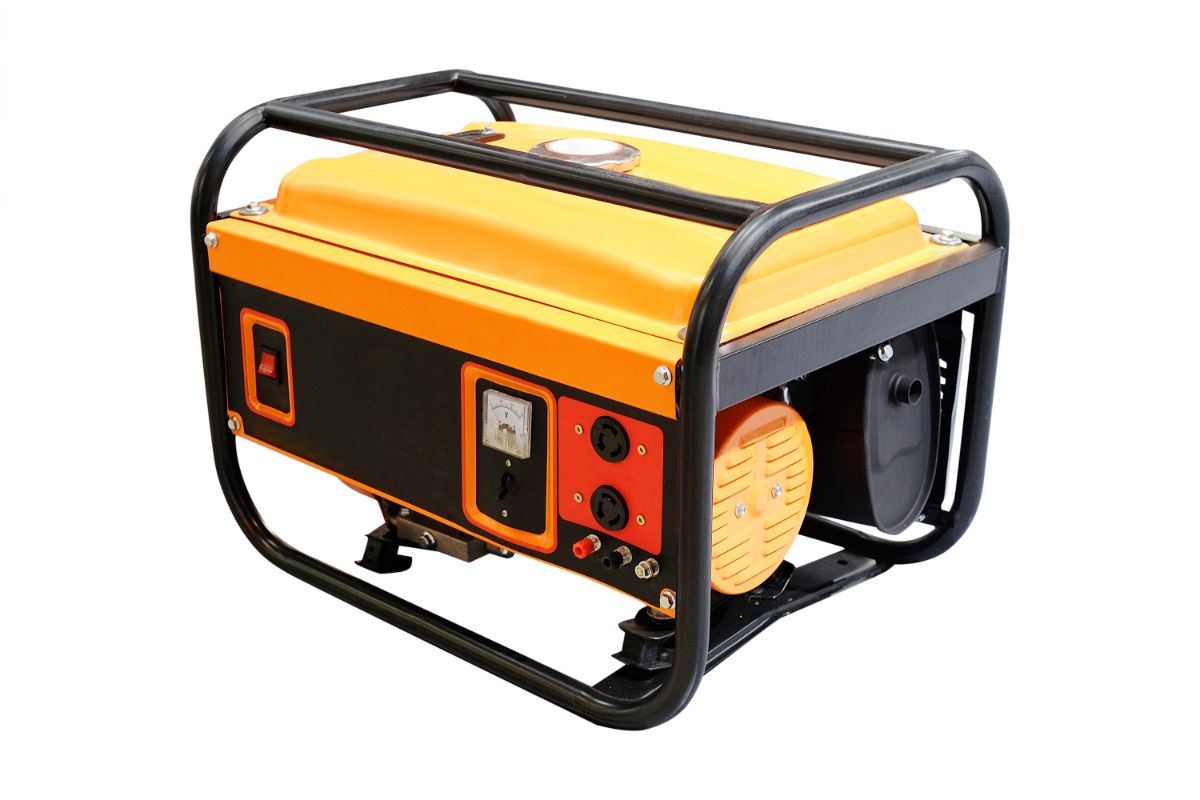Solar panels seem like a fantastic idea at first — Who wouldn’t jump at the chance to bring in some sweet, clean, free energy courtesy of that big yellow ball in the sky? And Renogy make some of the best in the biz!

But then when you get your panels home and see the sprawling ocean of cables you have to somehow set up, one of those resounding “what have I done?” thoughts echoes in your mind.
However, you persevere, and after five strong coffees and ten online instructional videos you think you know how to approach it, only to realize you’re missing a few key ingredients… the branch connectors!
Without these, there is no sweet, clean, free energy… just energy bill after energy bill after energy bill… ad infinitum.
The solution to this problem is of course to pick up some of these MC4 connectors and complete your panel circuit, but they’re not all made equal. That’s why, today, I’m going to be presenting my five favorite branch connectors for Renogy solar systems!
Best Renogy Branch Connectors: Reviews
OUR TOP PICK
Renogy Solar Branch Y Connectors
EDITORS CHOICE
BougeRV Solar Y Branch Connectors
BEST VALUE
BougeRV Flexible Solar Branch Y Connectors
OUR TOP PICK
Renogy Solar Branch Y Connectors
If you’re really looking to play it safe, I can’t speak highly enough of these Renogy branch connectors.
Crafted from plastic so tough it could give steel a run for its money, they’re capable of handling the rough and tumble lifestyle of a mobile system, so you won’t be needing replacements for a long, long time.
But it’s not just their enclosure that’s tough.
The force required to pry their locking system is a massive 200 Newtons, meaning you don’t have to worry about your solar connections coming loose and limiting your energy yield — Yet another reason why these are a great choice for a portable system.
The quality doesn’t stop on the inside either. With pure copper contact material plated in silver, you get the highest rate of conduction, leading to a fully optimized solar panel system.
What’s the catch, you ask? Well, you pay a small premium for the quality and brand reputability, but that’s all.
Pros
- Renogy-built — Quality and longevity guaranteed!
- Robust Enclosure — Impact resistance makes it a strong contender for portable systems.
- Copper & silver — Highest efficiency materials maximize energy draw.
- 200 Newton unmating force — Won’t ever come uncoupled
Cons
- Price — Understandably a little most expensive than some others on the market
Also available from Solarpanelenergie.
EDITORS CHOICE
BougeRV Solar Y Branch Connectors
What if I told you that you can get all that good stuff we just spoke about but without the Renogy pedigree at a more reasonable price point?
Like the Renogy pair, these connectors are crafted from incredibly hard PPO plastic, so impacts aren’t a concern, and the IP67 rating means they’re dustproof and water-resistant.
They may not cost as much as the Renogy connectors, but from a technical standpoint, they’re more or less the same; they even have the silver-plated pure copper contact material to minimize lossy energy transit.
What’s more, they arrive as a set of two pairs rather than the one, giving you great bang for your buck!
Pros
- Copper & silver — Minimizes energy loss
- PPO plastic — Impact resistance keeps them safe when the going gets tough.
- IP67 — Capable of handling both dusty deserts and drenching downpours
- Price — Two pairs for a very reasonable price
Cons
- Brand — Lesser-known brand may not instill as much consumer confidence
Also available from BougeRV.
BEST VALUE
BougeRV Flexible Solar Branch Y Connectors
The connectors we’ve discussed so far are great and all, but they’re completely rigid, which can be limiting when it comes to spacing your solar panels, but these BougeRV connectors have small cable extensions, offering much more flexibility during panel installation.
So, if you’ve got an RV with an awkward roof, or perhaps just find leaving a space between your panels makes maintenance easier, these are definitely the branch connectors for you.
Although, they’re only rated for 20 amps, so if you’ve got some rather powerful panels, your search for connectors continues. From a quality standpoint, I don’t have a bad thing to say about them.
During my tests, the PPO casing was insanely robust, which, combined with the IP67 rating makes them a suitable choice for portable systems.
But flexy cables are inherently more delicate — More materials means a greater chance for something to eventually fall into disrepair.
Pros
- Flexible cables — Allow you to space your panels further apart
- IP76 — Strong in the face of weather
- PPO casing — Impact resistance ensures longevity.
- Price — Won’t break the bank!
Cons
- Amperage — Maxes out at 20 amps, which is lower than most
Also available from BougeRV.
RUNNER UP
JHBOX 1–6 Solar Branch Y Connectors
For those with a sizable Renogy panel array, it’ll be much more efficient to invest in this single pair of JHBOX 1-to-6 branch connectors, as it cuts down on discrete components, which in turn, makes installation and modification a lot easier.
Like the other connectors on this list, they’re crafted from top-notch PPO plastic, so they can really roll with the punches, and even if something were to go wrong, JHBOX has you covered with a 12-month warranty.
However, the chances of a fault are remarkably low, as they’re built using all the best stuff — We’re talking copper and silver contact points, meaning they’ll stand the test of time, boosting your solar yield while doing so.
Pros
- Copper & silver — Optimizes energy transfer
- 12-month warranty — Inspires peace of mind
- 6 inputs — Reduces necessary components to get your solar system up and running.
Cons
- Central locks — It’s really tricky to reach the middle locks with the included tool.
Also available from JHBOX.
RUNNER UP
BougeRV Triple Solar Branch Y Connectors
If you’re looking to wire three solar panels in parallel, there’s really nothing better than a triple-input solar branch connector, and BougeRV makes some of the best.
They arrive with copper and silver mating points to boost energy efficiency and make most of your sunlight hours, and the IP67 rating keeps your solar system safe when the sun gives way to clouds and rain.
Furthermore, thanks to the TUV-certified PPO plastic casing, they’re built like a tank, meaning there’s no reason they won’t last as long as your solar panels themselves, but if something does go wrong, they’re covered by an 18-month warranty.
Pros
- Copper & silver — Minimizes solar battery charging time
- PPO casing — Impacts aren’t a concern.
- IP67 — Dust and weatherproofing make them a good choice for portable systems.
Cons
- Price — Getting into Renogy-grade pricing here.
Also available from BougeRV.
Best Renogy Branch Connectors Buying Guide
Solar technology can be pretty heady for newcomers, and branch connectors are no different, so here’s what you need to know when shopping around for some.
Brand
While you’re free to, you don’t necessarily have to use Renogy branch connectors to link up your Renogy panels in parallel.
Any brand will do the job, but in my opinion, it’s absolutely worth paying a small premium for brand reputability, and when it comes to solar branch connectors, quality is everything!
Renogy has made a name for themselves as one of the most reliable companies in the solar panel industry, so I fully recommend sticking with them for your solar components, but they’re not the only trusted players in the solar game, so don’t be afraid to venture outside their ecosystem if you want to try something different.
Plastics
The structural integrity of MC4 connectors is paramount. If they’re made of anything other than the toughest of plastics, it’s best to stay away. Keep an eye out for plastics such as PPO and PC, as they tend to be the most robust.
Contact Material
Copper is 100% the best wiring and contact material you can get, so it’s essential to look for branch connectors with lots of copper on the inside.
Lining Material
It’s not just the core contact material you need to think about, but the lining as well. The very best branch connectors will use silver as this secondary conductor, as it has a remarkable number of moveable electrons.
Tin is a common alternative, and it works perfectly well, so don’t be put off by its ranking second here; however, if you’re looking to build a top-notch, no-comprised solar system, stick with silver.
Waterproofing
Like many other products, the waterproofing of solar branch connectors is given as an IP score. As a minimum, you need to be looking for branch connectors rated IP67.
This essentially means that your connectors can survive a 30-minute dip in water up to a depth of 3 feet so, needless to say, they’ll be more than capable of surviving the odd light rain or even some full-blown storms.
What About Dust Proofing?
As you’re more likely to be using your solar panels in sunny, arid weather, you should also be concerned about dust damage, especially if you’re going to be setting up shop in the desert at any point.
The good news is that when you purchase IP67 branch connectors, they should be almost completely impervious to dust damage! So, that’s another thing you won’t have to worry about when weaning yourself off the grid.
Flammability Protection
Obviously, a solar panel system with components that ignite and burn easily is not ideal, so it pays to check the flammability protection of your prospective branch connectors. Flame class is indicated by a UL rating. This time around, you’re looking for UL 94 followed by either V-o or 5VA:
- UL 94 V-o — UL94 V-o is defined as a vertically oriented thermoplastic material that stops burning after 10 seconds when set aflame. There may be droplets of plastic, but these droplets will not be on fire.
- UL 94 5VA — UL 94 5VA thermoplastics burn for a maximum 60 seconds, but with little to no droplets aflame or otherwise. As such, they’re unlikely to end up with any burn holes.
Temperature Resistance
Branch connectors live outdoors permanently, so they need to be able to handle both ends of the temperature spectrum. Ranges of thermal resistance can sometimes vary from product to product, but -40° F to 194° F is considered industry standard.
You might run across some marketing that states a branch connector is functional between -40° C and 40° C, but that doesn’t mean it has an extra large thermal range; -40 is simply the single point at which Celsius and Fahrenheit have the same temperature value.
So, this is actually just another way of expressing a thermal range of -40° F to 194° F.
Branch Connector Input Count
Equally important as the quality of a branch connector is its suitability for your intended application. For example, are you trying to link two panels in parallel? Then you’ll need the standard Y-connectors that offer you two inputs and one output.
But what if you’re trying to link three solar panels in parallel? Well, you could invest in another couple of dual-input branch connectors, but a more efficient way of setting this system up would be with a triple-input branch connector.
There are even some branch connectors with 4 or more inputs, allowing you to wire many panels in parallel without forking out for a pricey PV combiner box.
Extensions Vs. Solid Unit
Solid branch connectors are incredibly robust and easy to work with, but they don’t offer any slack, which can be rather limiting when it comes to mounting your panel array.
This is why some manufacturers mount the inputs of their branch connectors on short extension cables, giving you more freedom in terms of spacing during panel installation.
Current Limit (Amps)
As is the case with most electronics, branch connectors are designed to work with a certain resistance. If your panels exceed this rating, you could end up damaging your circuit. Typically, 30 amps is the standard, but there are a few out there rated for 20 amps, so be sure to check before you buy.
Frequently Asked Questions
Stick around for a moment and I’ll address all your burning branch connector questions!
Do I Need Solar Branch Connectors For Wiring Solar Panels In Series?
If you’re hoping to wire your solar panels in series, you will not need any MC4 branch connectors.
You will only ever need branch connectors if you’re wiring your panels in parallel, and being that most Renogy kits come with a PWM charge controller, ruling out the series route, you’ll almost certainly need some of the connectors on my list.
The reason you don’t need branch connectors for wiring in series is that you’re connecting the male to female cables of your panels rather than male to male and female to female. They already fit into one another, so a middleman adapter isn’t necessary.
Why Do Branch Connectors Come In Sets Of Two?
Branch connectors arrive in sets of two because one has to have male inputs and a female output, while the other must be reversed. This gives you the individual male and female outputs at the very end of the chain that you use to link the positive and negative PV cables to your charge controller.
What’s The Difference Between MC3 And MC4 Connectors?
As you might surmise from their titles, MC4 cables superseded the MC3 blueprint, the difference being the positive locking mechanism that holds them in place indefinitely, no matter how turbulent things get.
With no such lock, there is always a chance that MC3 cables would be yanked from their position, causing dangerous electrical arcing.
This is why you’ll mostly only find MC4 branch connectors these days, although there are still a handful of MC3 products around if you need them for an older solar system.
What Are MC4 Solar Branch Connectors?
MC4 solar branch connectors are middlemen components used to wire multiple solar panels in parallel. They do this by providing an extra male and female input, allowing you to connect male PV cables to other males, and female PV cables to other females, thereby forming the “parallel” circuit.
How Do You Use MC4 Solar Branch Connectors?
MC4 solar branch connectors are incredibly easy to use. Simply use the multi-input end to link two of the opposing PV cable ends together.
For example, with an M/FF branch connector cable, you’d put the male PV cable from one panel into one of the female inputs, and the male PV cable from the next panel into the remaining female input, thereby connecting the male PV cables.
You’d repeat the process with the F/MM branch connector and the female PV cables. This will leave you with one female and one male output at the end of your chain for hooking your panels up to your solar charge controller.
Final Thoughts
Solar branch connectors are often the last piece of the solar power puzzle, and now you’ve got a choice of 5 of them… the best of the best. Each entry is made to the highest standard, so all you really need to do is consider the practical aspects of their design.
Do you need some flexible extensions to give you a bit of leeway when spacing your panels, or will they be stationed close together? Do you need two inputs per connector or more?
Answer these questions and you’ll be pulling in tons of free energy in no time!











